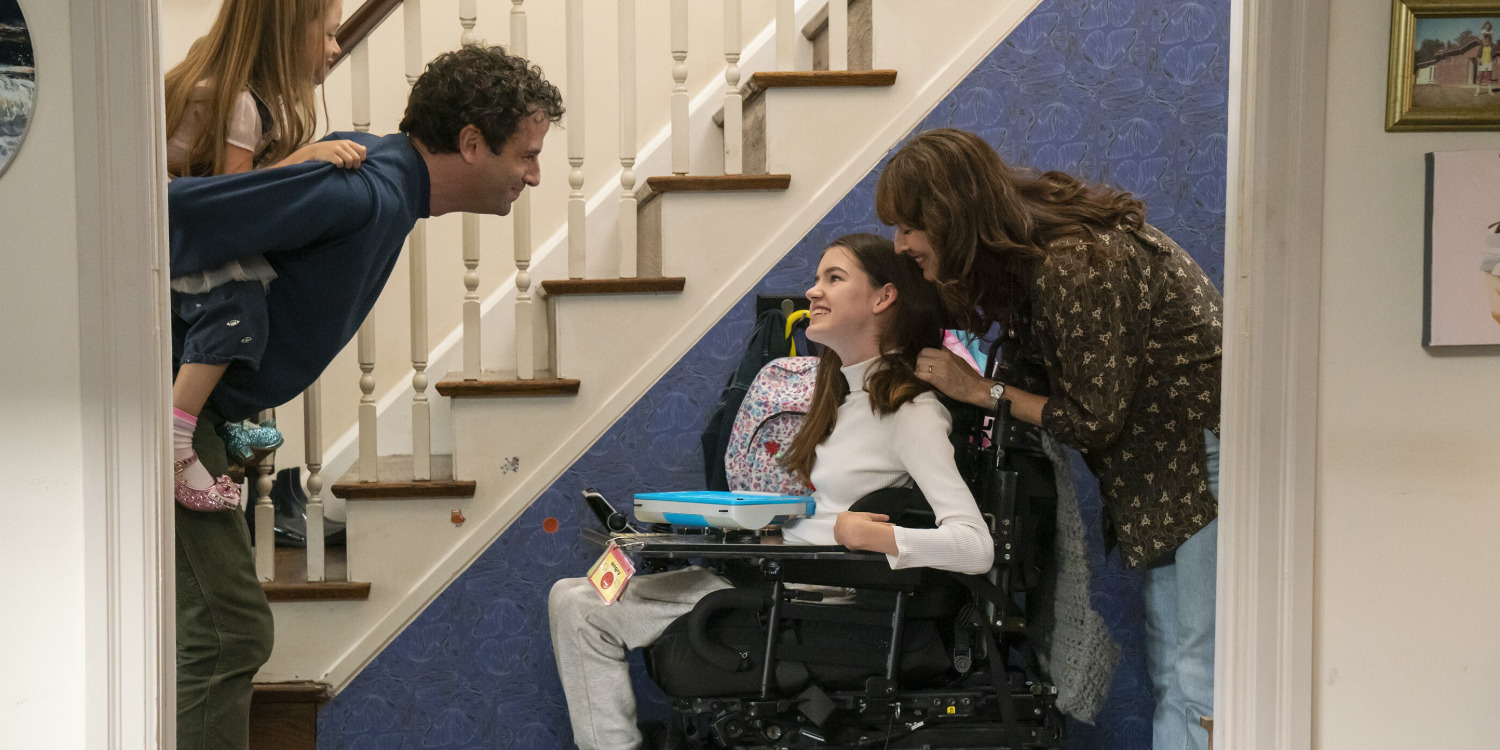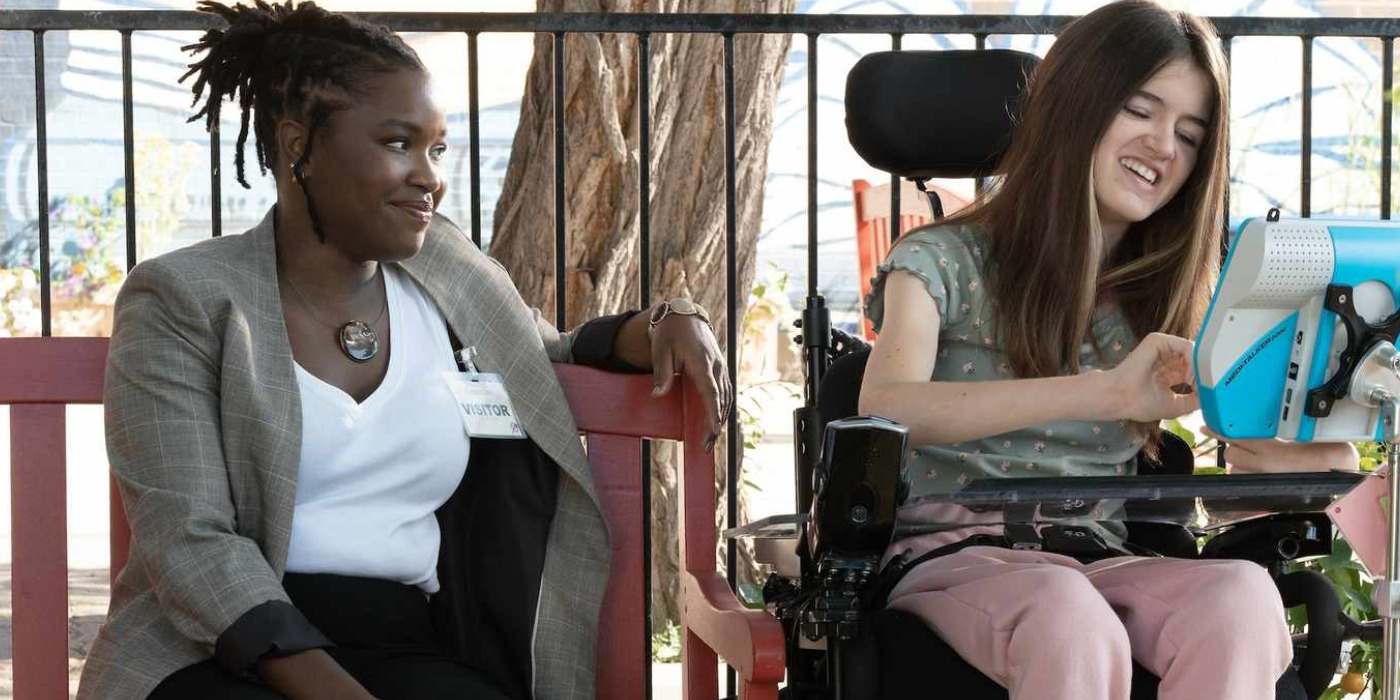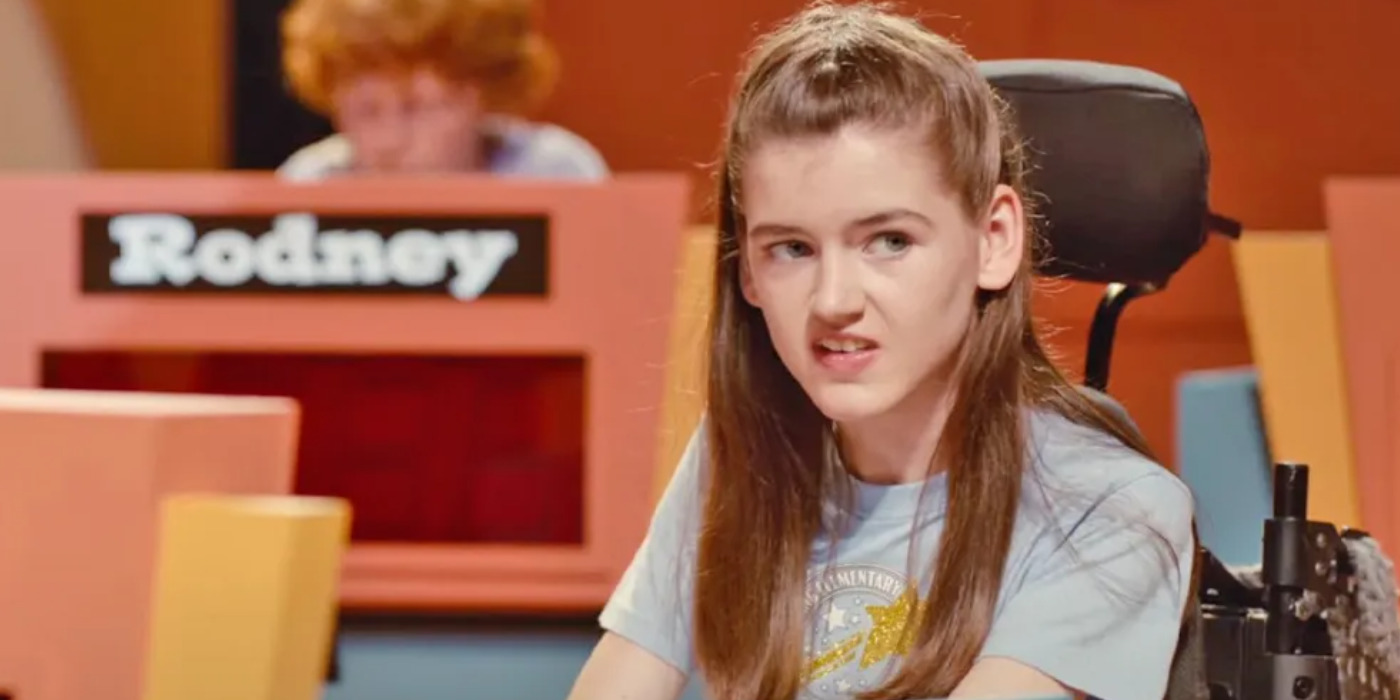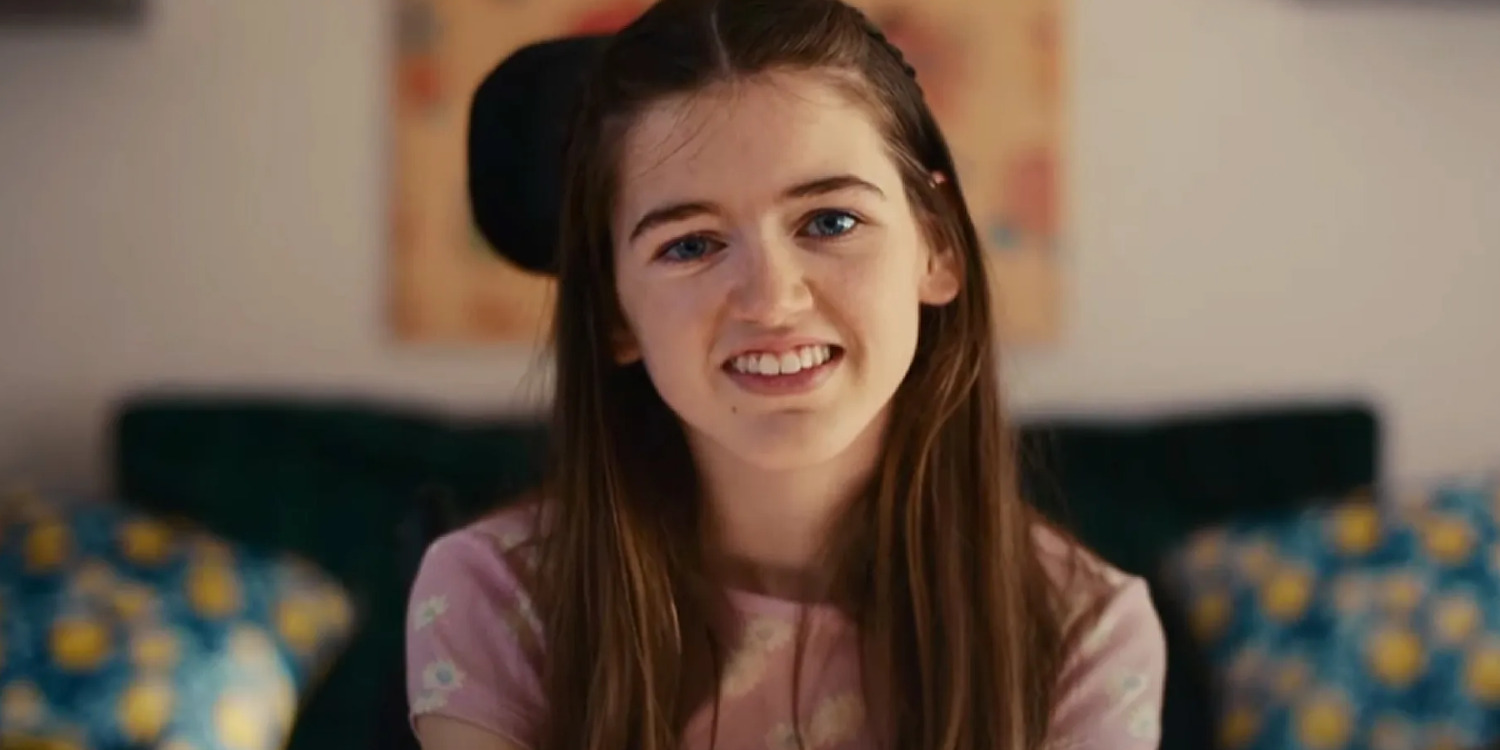Amber Sealey’s film ‘Out of My Mind’ presents a refreshing coming-of-age story about a 12-year-old girl who fights to disprove the assumptions others make about her. The protagonist, Melody Brooks, has cerebral palsy, a neurological disorder caused by abnormal brain development during birth. As a result, she is non-verbal, uses a wheelchair, and attends a special needs classroom. However, she remains curious about broadening the scope of her education. Therefore, when an opportunity to do so emerges through Dr. Katherine Ray’s integration program, Melody’s parents, Chuck and Diane, enlist her as a participant.
Even though the road ahead to a regular sixth-grade classroom remains daunting, Melody faces all challenges head-on, determined to have her voice heard. The film offers a nuanced insight into Melody’s life, showcasing the reality of living with cerebral palsy without the narrative ever turning cold or didactic. Consequently, Melody Brooks and her story remains enriched with a sense of authenticity.
Out of My Mind is an Adaptation of Sharon M. Draper’s Fictional Book
‘Out of My Mind’ is a realistic piece of fiction, adapted for the screen by Daniel Stiepleman under Amber Sealey’s direction. The film is based on Sharon M. Draper’s similarly fictitious eponymous book series, in which she tells the story of Melody Brooks, a young girl with cerebral palsy. She was inspired to pen the first novel (published in 2010) because she recognized Melody’s story as an essential tale that needed to be told. The author is the mother of a daughter, Wendy, who has cerebral palsy.

As a result, Draper is familiar with the community of and around people with disabilities. Likewise, she also had first-hand knowledge of all the nuances and realities of raising a kid with special needs. Consequently, she decided to utilize her existing knowledge and further research to pen a tale that told the story that kids like Melody Brooks would be able to relate to on a deeper level. As such, the novel remains informed by Draper and her daughter’s personal experiences.
Thus, the book presents an authentic dive into the world of special needs education. As the film adapts the book to the screen, it remains faithful to the central narrative while also implementing changes as necessary. As such, the on-screen story diverges from the novel in places but maintains the significance of authenticity that its source material reveres. Ultimately, Melody Brooks and her narrative are works of fictionalization. Even so, it essays a realistic portrayal of the experiences of people with disabilities or neurodivergence as they navigate an oftentimes uncooperative system and society.
Melody Brooks in Not Based on Author Draper’s Daughter
Much of the realism behind Melody and her narrative originates from the authentic understanding Sharon M. Draper had of the character and her experiences. While it’s true that the author collected these experiences from parenting a daughter with a similar diagnosis, Draper’s work isn’t biographical in any way. Melody’s character is entirely fictitious and was never meant to be based on the author’s daughter—a fact that the latter is insistent people recognize. Thus, even though the character—on the paper or on the screen—may end up sporting similarities with real-life individuals, it’s crucial to maintain a point of separation between Melody’s fictionality and reality.

Draper created Melody’s character over the years as she worked on her novel. In a conversation with Life Skills 2 Learn, the author elaborated on the process of creating Melody and said, “Most of my characters do that—they grow from a seed as I begin writing, then grow to face a challenge, sometimes personal, sometimes social, usually both. The characters then begin to be real people for me. I don’t really think about it. I look to their strength, their uniqueness, (and) their power to propel the reader through the story. I’m real proud of how Melody turned out.”
Out of My Mind Explores the Importance of Inclusivity
As Amber Sealey and her creative team translate ‘Out of My Mind’ to the screen, their biggest resource remains in Sharon M. Draper’s novel, which serves as the undeniable source material. Still, the cast and crew behind the project equipped several other avenues to ensure the on-screen narrative showcases the authentic truth of Melody’s tale. For instance, Sealey employed and shared various resources, from access to information to collaboration with people within the disability community and their loved ones.

The latter particularly helped out actors such as Luke Kirby, who plays the role of Melody’s father. On the other hand, the inclusion of people with disabilities in the cast, crew, and various other stages of the creative development process remains another priority on the project. Consequently, much like Draper’s novel, Sealey’s adaptation also sports authentic ties to reality that further inform the film’s easy and effortless exploration of life as a kid with cerebral palsy.
Thus, despite its fictionality, ‘Out of My Mind’ ultimately taps into a universal reality that offers incredible representation for the disability community. Novice actress Phoebe-Rae Taylor, who also has cerebral palsy, shared her thoughts on the film with Deadline. She said, “I hope kids with disabilities can take away from this film that they’re not alone, that they’ve got people they can talk to. And I just want people to understand that people with disabilities aren’t just objects, that they’re people with emotions and feelings, and they shouldn’t get pushed aside.”
Read More: Best Coming of Age Movies on Netflix


You must be logged in to post a comment.